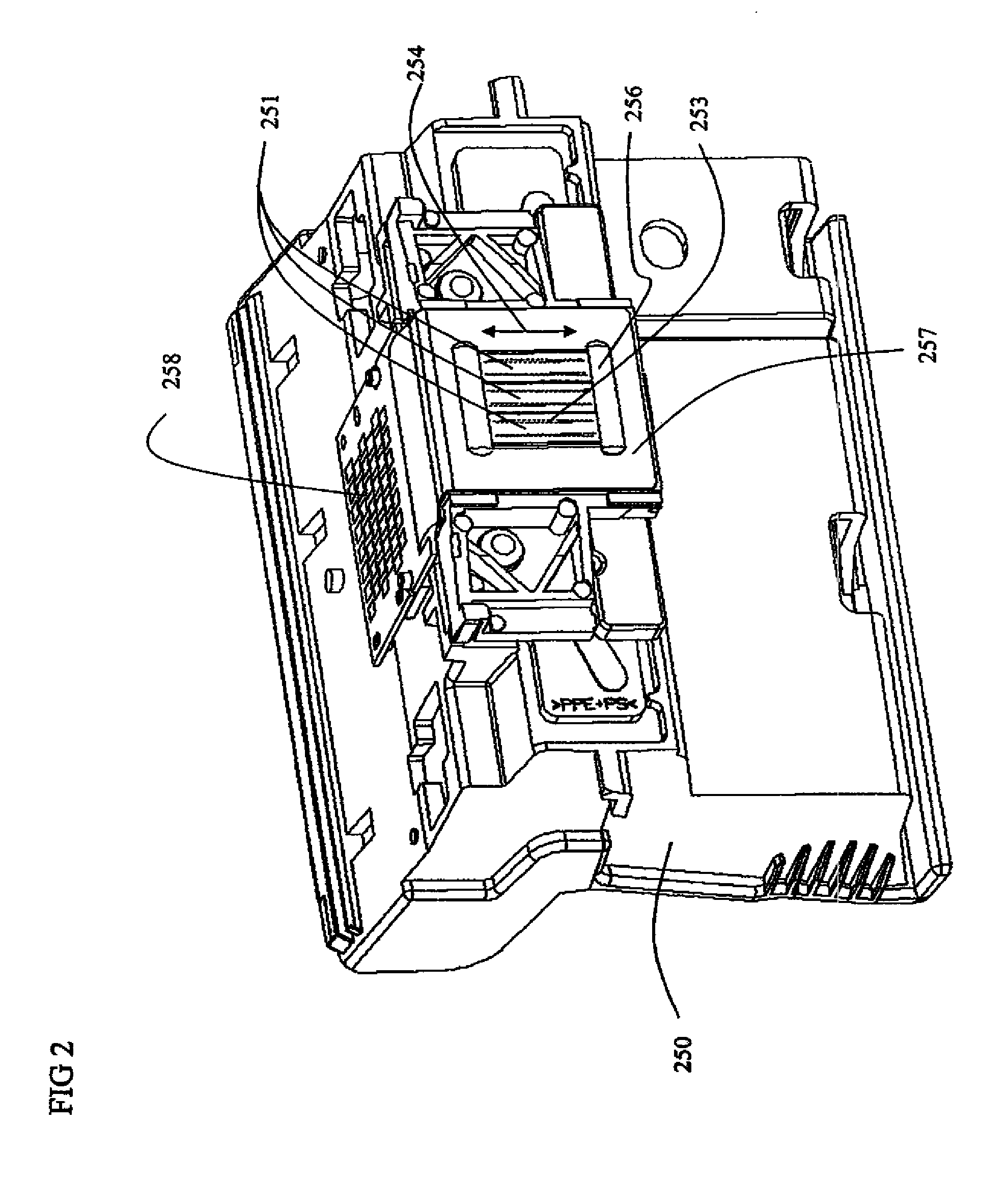Inkjet printing system and method of printing
a printing system and printer technology, applied in printing, duplicating/marking methods, other printing apparatus, etc., can solve the problems of poor image durability characteristics, imaged receivers or prints are not instantaneously dry, and the printing process is relatively slow, so as to reduce undesirable gloss-artifacts, improve image quality, and reduce printing time
- Summary
- Abstract
- Description
- Claims
- Application Information
AI Technical Summary
Benefits of technology
Problems solved by technology
Method used
Image
Examples
example
Ink Preparation
[0105]Pigment dispersions for each color ink were made according to the descriptions given below.
Cyan Pigment Dispersion:
[0106]A mixture of Pigment Blue 15:3, potassium salt of oleylmethyl taurate (KOMT) and deionized water were charged into a mixing vessel along with polymeric beads having mean diameter of 50 mm, such that the concentration of pigment was 20% and KOMT was 25% by weight based on pigment. The mixture was milled with a dispersing blade for over 20 hours and allowed to stand to remove air. Milling media were removed by filtration and the resulting pigment dispersion was diluted to approximately 10% pigment with deionized water to obtain the cyan pigment dispersion.
[0107]The process used for cyan pigment dispersion was used except Pigment Red 122 was used in place of Pigment Blue 15:3 and the KOMT level was set at 30% by weight based on the pigment.
Yellow Pigment Dispersion:
[0108]The process used for cyan pigment dispersion was ...
PUM
| Property | Measurement | Unit |
|---|---|---|
| surface roughness | aaaaa | aaaaa |
| surface roughness | aaaaa | aaaaa |
| length | aaaaa | aaaaa |
Abstract
Description
Claims
Application Information
 Login to View More
Login to View More - R&D
- Intellectual Property
- Life Sciences
- Materials
- Tech Scout
- Unparalleled Data Quality
- Higher Quality Content
- 60% Fewer Hallucinations
Browse by: Latest US Patents, China's latest patents, Technical Efficacy Thesaurus, Application Domain, Technology Topic, Popular Technical Reports.
© 2025 PatSnap. All rights reserved.Legal|Privacy policy|Modern Slavery Act Transparency Statement|Sitemap|About US| Contact US: help@patsnap.com



